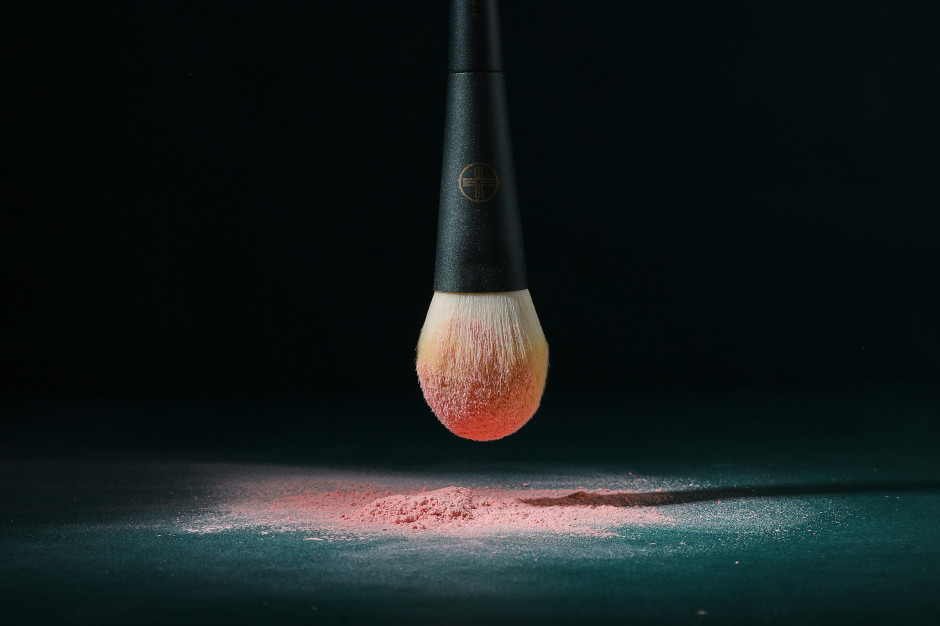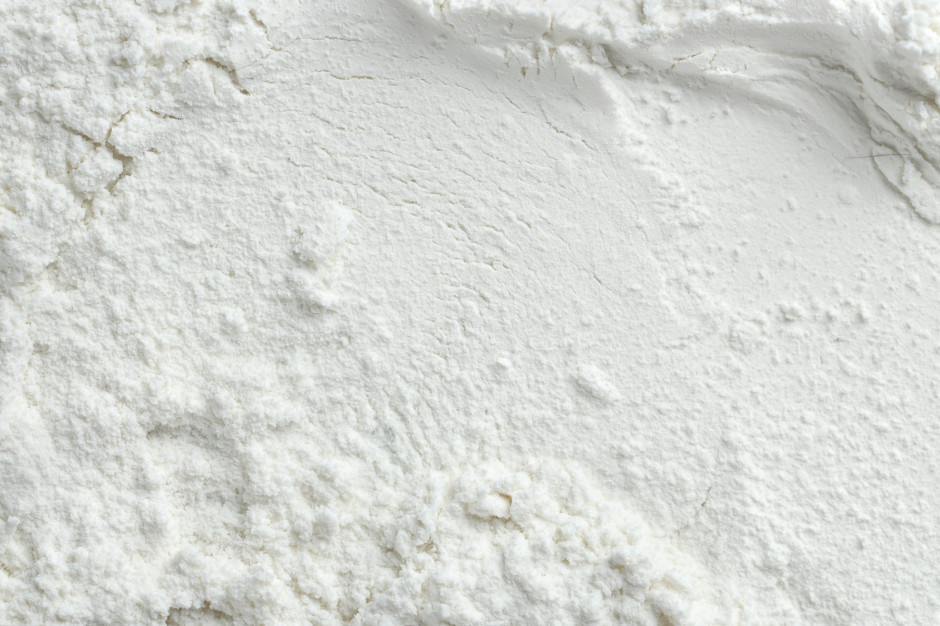A popular cosmetics ingredient is under EU scrutiny. Experts say it's "potentially carcinogenic."

Talc, one of the most common cosmetic ingredients, may soon disappear from the European market. The European Chemicals Agency's Risk Assessment Committee has deemed it a potential carcinogen.
The European Chemicals Agency's Risk Assessment Committee (RAC) has classified talc as a possible human carcinogen . This decision could shake up the entire cosmetics industry. Why? Talc is one of the most widely used raw materials in the industry. If this classification persists, powders and dry shampoos will face a transformation, and talc could disappear from the European Union forever. What do we really know about talc , and should we be concerned?
 Cosmetic Powder Brush / Unsplash, William Shu
Cosmetic Powder Brush / Unsplash, William ShuTalc , or hydrated magnesium silicate , is a natural mineral used in cosmetics for over a century. It's known for its moisture-absorbing properties , smoothing the skin, and giving products a delicate, silky finish. Although primarily associated with small children, it's also found in dry shampoos , deodorants , and powders .
 Talc, a popular cosmetic ingredient, may soon disappear from shelves in the EU / Shutterstock
Talc, a popular cosmetic ingredient, may soon disappear from shelves in the EU / ShutterstockIn July 2025, the RAC published an opinion that talc should be classified as a carcinogen (Cat. 1B) . What does this actually mean? This is the second-highest hazard category. It includes substances for which there is "limited evidence" of carcinogenicity in humans and animals , but it cannot be ruled out.
It is also important to assign it the STOT RE 1 category, indicating the possibility of organ damage with long-term use.
Concerns about talc have been growing for years. In 2024, the International Agency for Research on Cancer (IARC) classified talc as a probable human carcinogen (Group 2A). Importantly, regardless of its application method, this means that both inhalation and application to the skin can be risky.
Is talc carcinogenic? Opponents of classification cite lack of evidence.On the other hand, opponents of the classification, such as the Eurotalc organization, emphasize the lack of clear evidence.
- RAC's proposal for a category 1B classification comes as a surprise to the industry [...] this is the first time that RAC has used the CLP provision to combine limited animal data with limited human data - Eurotalc said in a statement.
Will talc be banned from cosmetics ? The European Union isn't ruling out such a scenario. If the new classification is approved, talc could be added to Annex II of Regulation (EC) No. 1223/2009 – which means one thing: a ban on its use in cosmetics throughout the European Union . According to the website Wiadomości Kosmetyczne, the legislative process will begin in 2026.
well.pl





